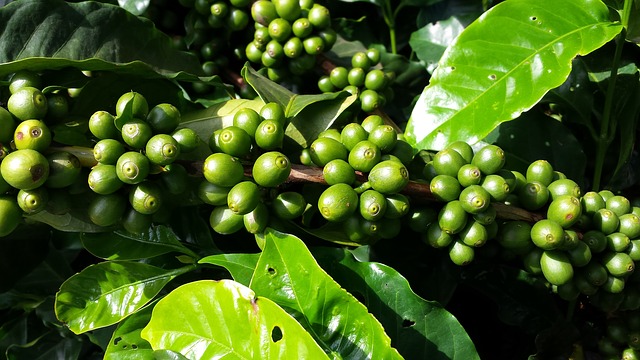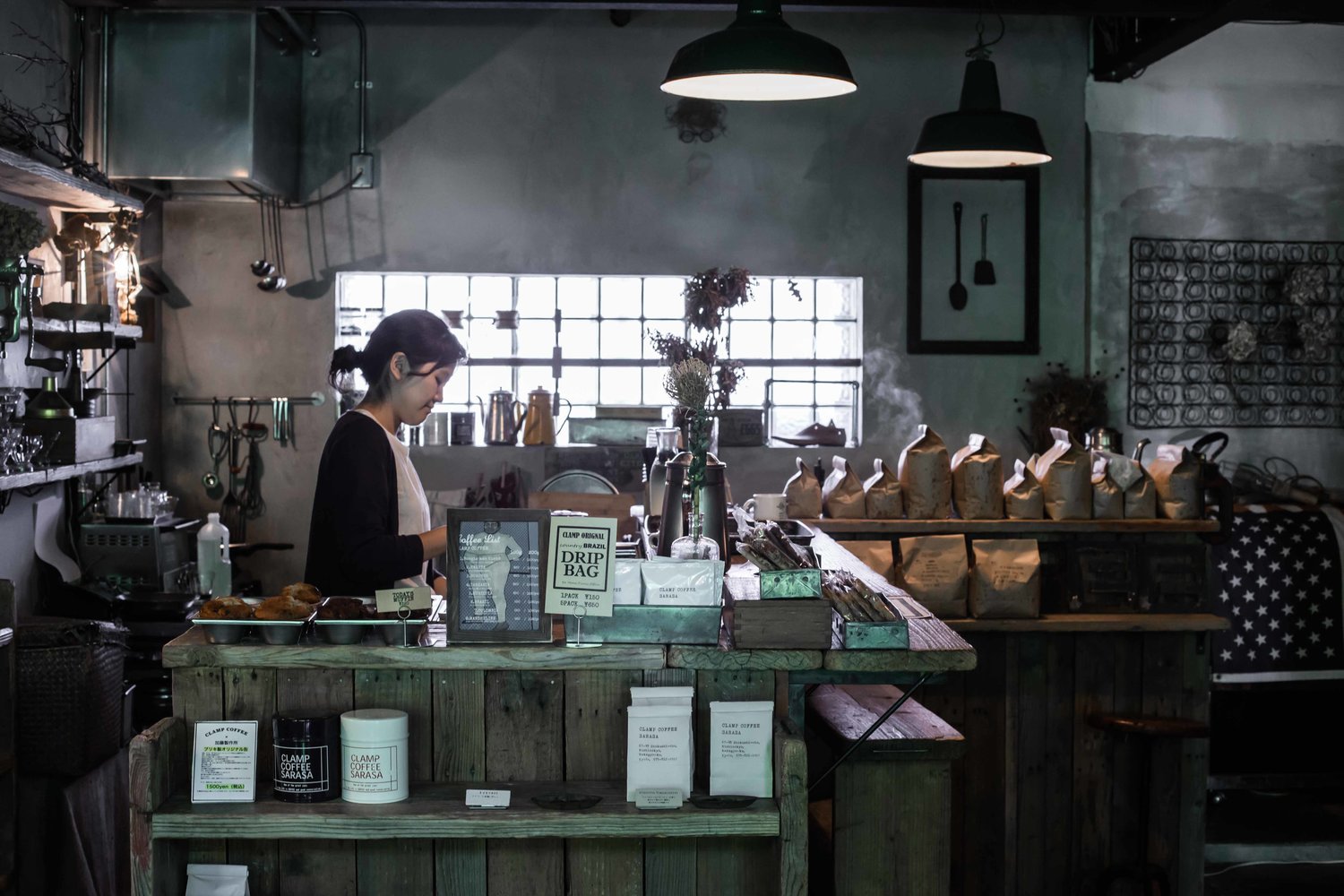What are the characteristics of Central American coffee beans_Changes and competition for the most intense coffee production continent
Professional coffee knowledge exchange more coffee bean information please follow the coffee workshop (Wechat official account cafe_style)
In the early days, Costa Rica and Guatemala were the representatives of Central American coffee beans, with sweet, lubricated sour, taste buds, soft flavor and aroma, unforgettable!
With the Geisha of the Emerald Manor in Panama and the sudden rise of the Salvadoran hybrid Pacamara, it has replaced Costa Rica and Guatemala, leading Central America as the flag of Central America, where coffee beans are now the most changing and competitive coffee producer.

Is the quality of Costa Rican coffee changed? Or is the taste of Guatemalan coffee gone? No, no! Man is a kind of animal who likes the new and hates the old and is always curious. Since dry-processed coffee also sprang up in Central America, and since the rise of honey-processed coffee in Central America, Central American coffee has entered the warring States period.
Some coffee-producing countries, which only have traditional treatment, have followed suit, learning dry treatment and honey treatment, how effective is it? Of course, unknown, or continue to work on a lot of countries, manors, but this is a road that can not turn back, as long as you are still in this industry, it seems inevitable to rush forward with helmets.
Nicaragua and Honduras are also the poor children of Central America. Jinotega,Matagalpa and Segovia are very famous producing areas in Nicaragua, and most of the high-quality Nicaraguan coffee beans come from these areas. The ravages of Hurricane Mitch in 1998 made poor coffee farmers worse, and the pace of recovery and reconstruction was very slow. in addition, most coffee in Nicaragua is traditionally wet, driven by consumers' love of new and curiosity. Nicaraguan coffee is slowly on the edge, is the quality of their beans has slipped? No, Nicaraguan coffee farmers are praiseworthy for their intention and positive promotion of coffee. The bad thing is that their coffee lacks renewal. In fact, it is right to strive for excellence on their old basis. It is good for those who do not understand and laymen to waste less thought. However, if consumers are ungrateful, Nicaraguan coffee will be disappointed!
Honduras, a small and beautiful country in the center of Central America. Its geographical location and soil are ideal for growing coffee. In fact, it is the world's fifth largest producer of coffee beans. Despite the high poverty rate and serious coffee leaf disease, the country's specialty coffee production is getting stronger and stronger. Many single-origin coffees have shown great potential, such as the winner of the COE Cup the year before last, the winner of the Parainema planted by Oscar Daniel Ramires Valerio of Finca el Laurel in El Palaieso. It scored 91.81 points and sold for $124.50 per pound, a record price in Honduras.
The origins of Honduran coffee shine for different reasons. Coffee from the six regions of Copa á n, Opalaca, Montecillos, El Paraiso, Agalta and Comayagua is the pride of Honduras. However, even if Honduran coffee has impressive results and extraordinary quality in the cup test, it is ultimately defeated by the lack of diversity treatment, which leads to the neglect of Honduran coffee. Whose fault is this?
Belize, of course, grows coffee because of its geography, but Belize's coffee is light in the country and produces very little, so there is no sign of it in the coffee market. Belize's coffee tastes excellent, delicate, warm, silky sour and long, making it an excellent delicacy to reward the taste. Unfortunately, it is always absent from the international market.
Mexico is located in North America, which can be regarded as Central America. The International Coffee Agreement (ICA), established in 1962, is a market agreement to maintain quotas in coffee exporting countries and to maintain the stability of coffee prices. However, the dismantling of ICA in 1989 led to inadequate management, resulting in overproduction of coffee, falling coffee prices and a coffee crisis in Mexico. The coffee crisis intensified between 1999 and 2003 and caused huge social and economic problems in Mexico. Between 1989 and 1995, coffee production in Mexico fell by 6.6 per cent, and the Coffee growers Coordination Group predicted that coffee producers would lose 65 per cent of their income since the crisis.
As a result of poor maintenance of coffee plantations, coffee quality has declined, and coffee production has also declined. By the end of 2005, Mexico had the lowest coffee exports in the past three decades, reaching 1.7 million bags. During 2006, Mexico's coffee exports increased to 4.2 million bags, but it is still very low compared with five years ago. So now in the coffee market, high-quality coffee has rarely appeared in Mexican coffee beans.
The coffee market is rapidly changing. Just because it is very popular today does not mean that the applause will not fall. In order to cast the mentality that consumers like the new and hate the old, the coffee war has just begun!
Content source: Full House Coffee
END
Important Notice :
前街咖啡 FrontStreet Coffee has moved to new addredd:
FrontStreet Coffee Address: 315,Donghua East Road,GuangZhou
Tel:020 38364473
- Prev

Honduran Coffee grading system grading Standards for Honduran Coffee
Professional coffee knowledge exchange more coffee bean information please pay attention to the coffee workshop (Wechat official account cafe_style) Honduras coffee classification in Honduras, using the elevation and defect rate classification system, in which the defect rate classification is divided into the United States and Europe two standards, without much explanation here, but the elevation classification is as follows: Strictly High Grown (SHG):
- Next

What would your ideal cafe look like? How to open a dream coffee shop?
Professional coffee knowledge exchange more coffee bean information Please follow the coffee workshop (Wechat official account cafe_style) what does your ideal coffee shop look like and what conditions do you need? Is it a seclusion in the mountains and forests, a dream for a while, or is it a feast for the eyes with piles of designs, or is it just a good cup of coffee, a comfortable seat and a hospitable host? Coffee
Related
- What documents do you need to go through to open a coffee shop? coffee shop coffee shop certificate processing process
- How to purchase Coffee beans in small Cafe how to choose a suitable supplier for domestic Coffee supply Company
- How to drink Starbucks Fragrance White Coffee? how to make Australian White Coffee? what Italian coffee beans are recommended?
- The Story of Flora Coffee: the name of Flora Coffee Bean and the implication of the Flowers on Florna Coffee
- How much does a cup of coffee cost? How much is the profit of a cup of coffee? What is the profit of the coffee shop in a year?
- Yunnan small Coffee, known as "fragrant Coffee", introduces the characteristics of Alpine Arabica Coffee producing areas in Yunnan, China
- 2023 latest Starbucks full menu price list how much is a cup of Starbucks coffee what is better to drink the most popular hot and cold drinks recommended
- Starbucks different kinds of Coffee Price list Starbucks menu 2023 Top Ten Best drinks in Starbucks
- Starbucks Spring praise Comprehensive matching Coffee Bean theme Story Packaging implication and taste description
- The cost of a cup of coffee latte American coffee cost price and selling price

